Kim Jordan teaches at College Park Elementary on the Mississippi Gulf Coast, a Title 1 school where every child receives free lunch. Most people who live in the area work at the local shipyard. Every week students in the Gifted and Talented program are bussed to Kim’s class to develop some key outcomes for gifted education programs defined by the Mississippi State Department of Education.
“Teachers are always looking for tools that will give them more bang for the buck, ideally to help them hit multiple outcome categories at the same time. The Wonder League Robotics Competition has done just that,” Kim says. She got 4 robot sets through a grant, a teacher fund, and a Donors Choose project and shares how Dash & Dot has helped her with each of the outcome categories.
Thinking Skills
In a world of increasing complexity and possibility, schools know that it’s less important to tell students what to learn but to teach them how to think. In the robotics competition, there are 5 challenges that students have to use their critical thinking skills to understand the question, break down the problem, and iterate on their solutions.
Creativity
“Exploring, manipulating, experimenting, risking, questioning and modifying ideas” develop creative growth according to the Mississippi standards. With the robotics competition, students practice using creative problem-solving skills and develop an appreciation of visual arts through video editing and decoration. Students also have the opportunity to figure out how to creatively solve the problems that they are facing to complete the five competition tasks.
Group Dynamics
Students are expected to be effective in acting as both group leaders and group members. Many robotics competition teams struggle over power dynamics and control. It presents an opportunity for students to rotate with taking on different roles in a group as a member vs. leader. Students also learn to listen to each other’s suggestions and decide on the best decision for the group. Even though everyone has a different idea of how to solve the task, students must learn to work together to make this happen.
Communication
Communication goes beyond reading and speaking to include the ability to use technology for transmitting and retrieving information. Students will be able to practice their listening, speaking, and presentation skills in the final round of the competition.
Research
Given a problem, students are expected to create a research plan, find appropriate sources, conduct an investigation, and then report the results. In the Wonder League Robotics Competition, students are learning about many new programming concepts that they will potentially need to do independent research on. Students also are able to make a classroom science connection by researching the prompts.
Self-Directed Learning
Given an area of interest, students are expected to take charge of their own learning and commit to achieving a realistic goal in the area. As students participate in the robotics competition, they are practicing their risk-taking, debugging, and decision-making skills.
As the Wonder League Robotics Competition’s first round comes to a close, many teachers are looking towards next year. The Wonder League is not only a great afterschool activity but also a great way to help students achieve all of their Gifted and Talented objectives in some states.
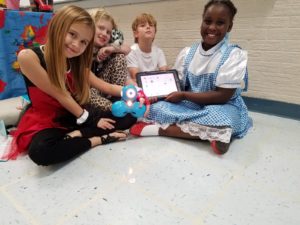


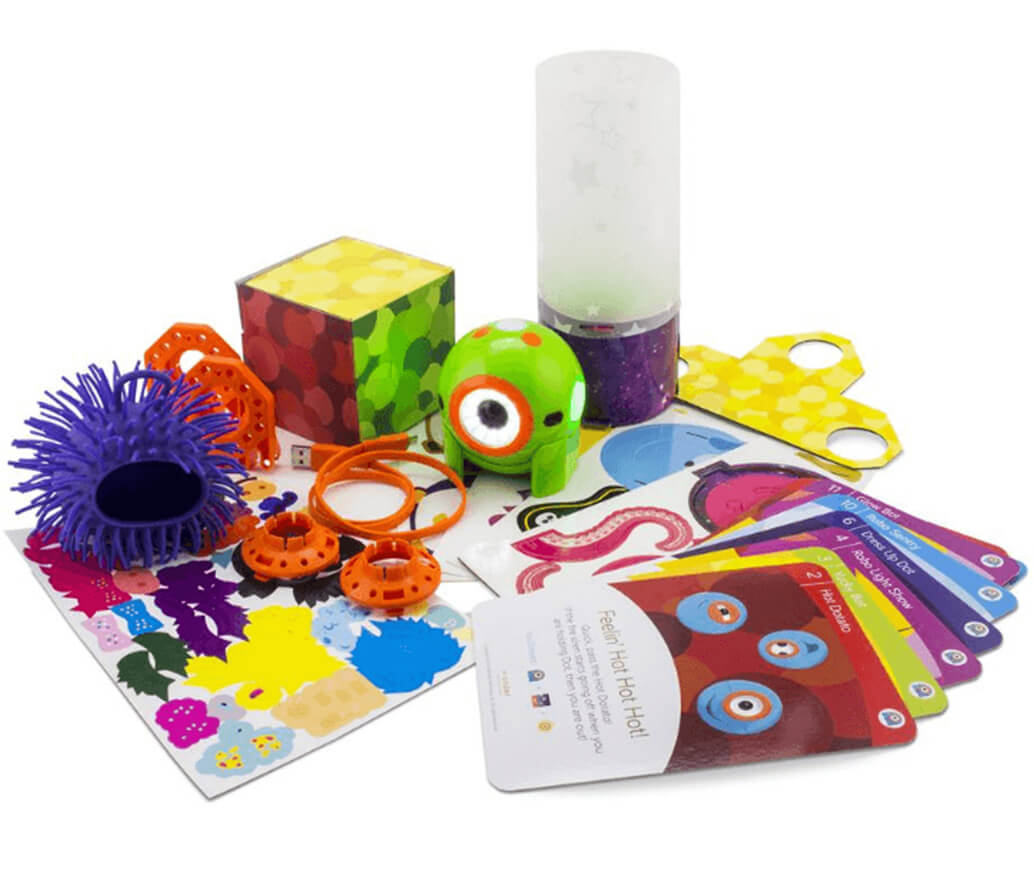
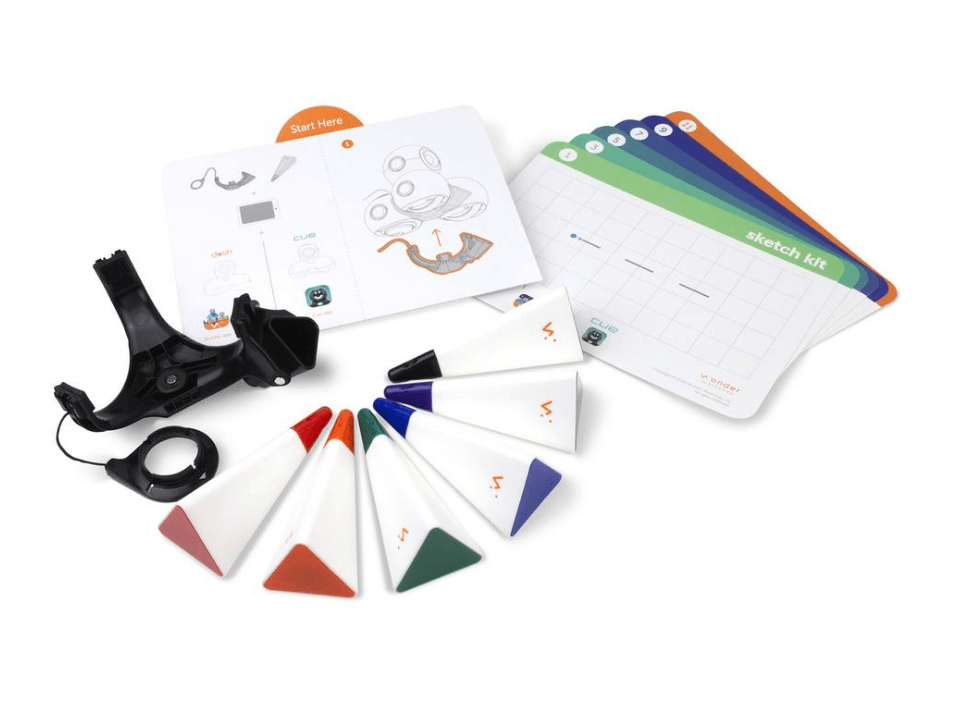


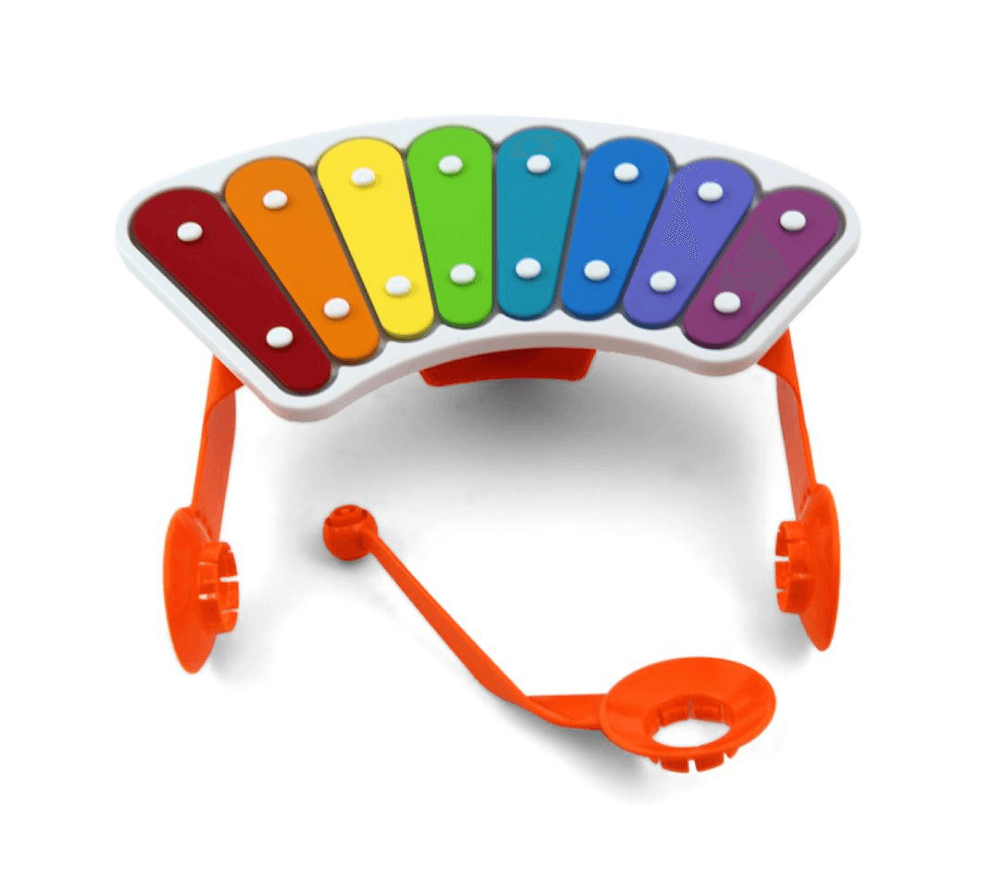


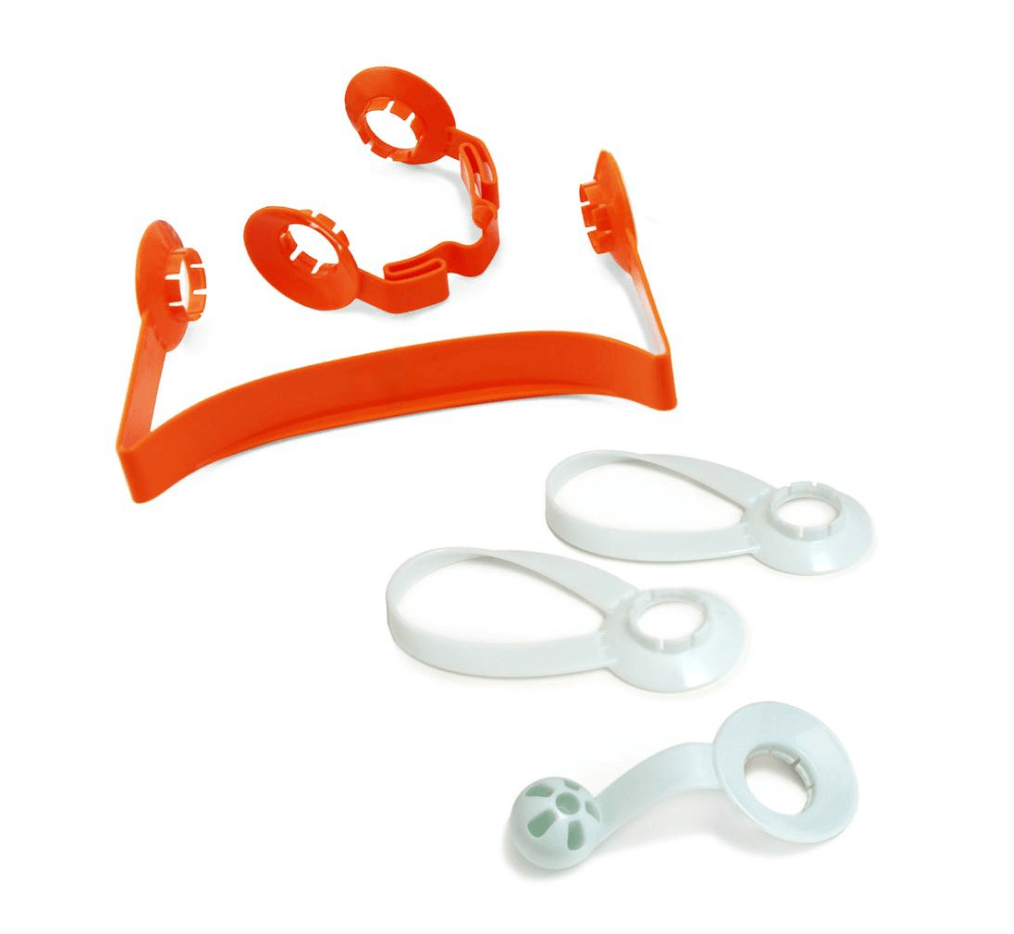

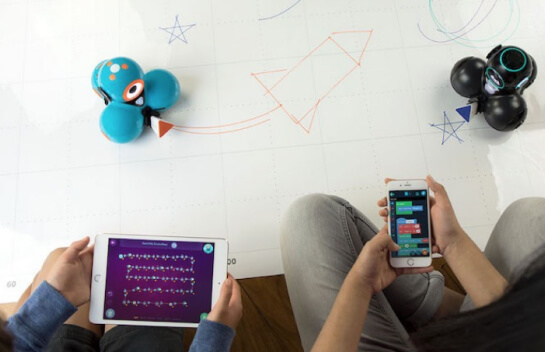
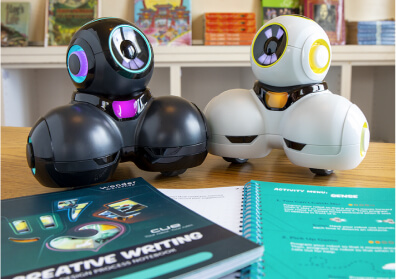
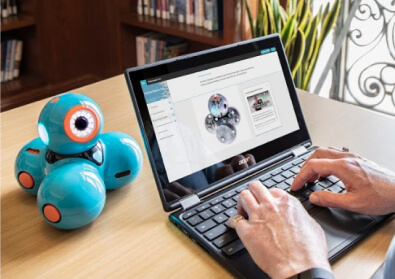


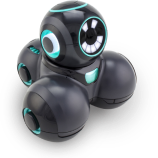




 Please wait while you are redirected to the right page...
Please wait while you are redirected to the right page...